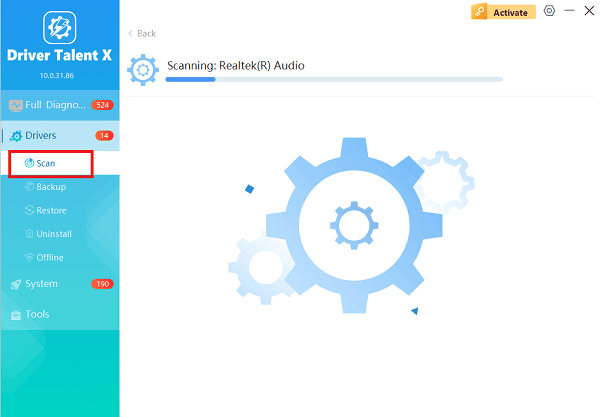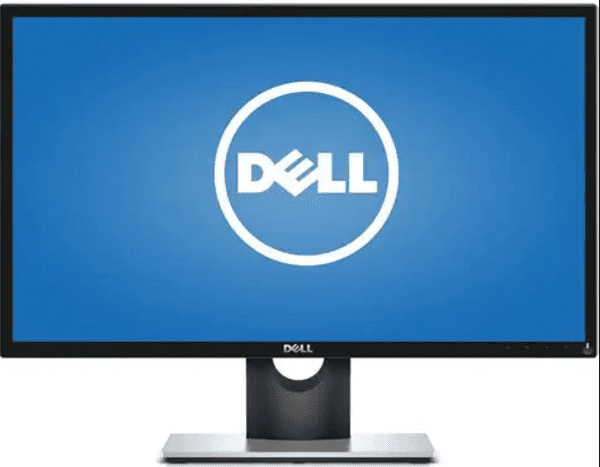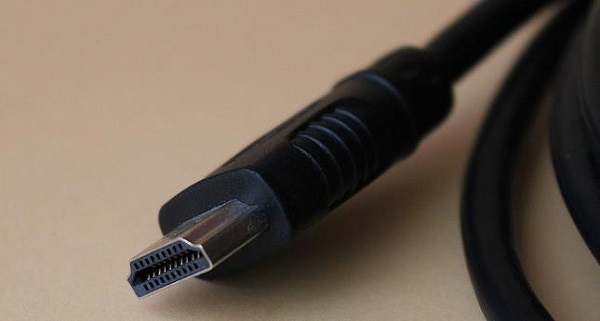
A Dell monitor refusing to power on can be a highly frustrating disruption, immediately halting your workflow or gaming session. When the power light remains off or the screen stays black despite being connected, the problem is usually rooted in a simple power delivery failure, an incorrect connection, or, less commonly, a conflict with the graphics driver from the connected PC.
Common Causes of a Monitor Power Failure
Understanding the cause is the crucial first step in fixing the issue:
Power Cord Issues: A loose connection, a faulty power strip, or a bad power cable prevents the monitor from receiving any electricity.
External Power Brick Failure: Many Dell monitors use an external power brick, which can fail independently of the monitor itself.
Driver/Signal Conflict: The PC's graphics card driver is misconfigured or corrupt, preventing the PC from sending an "enable" signal to the monitor after waking from sleep.
Incorrect Input Source: The monitor is set to an input (e.g., HDMI 2) that the PC is not using (e.g., DisplayPort).
Internal Monitor Failure: Less common, but possible, is a failure of the monitor's internal power board or control circuit.
Part I: Driver Integrity and System Fixes
If the monitor fails to wake up from sleep or the power button remains amber (not truly off), a software conflict from the connected PC is often the culprit.
Automated Driver Update with Driver Talent X
The monitor driver (INF file) must synchronize perfectly with the graphics card driver and the system chipset. Manually updating these interconnected drivers can be complex. A specialized utility automates this process, ensuring all necessary display-related drivers are stable.
Preparation:
Connect a secondary, working display if your primary Dell monitor is completely unusable, or connect the Dell monitor and rely on the generic Windows driver.
Download and install the Driver Talent X application onto your PC.
Run Scan:
Launch the application and go to "Drivers" > "Scan", click "Scan".
The software will perform a deep analysis of your system, focusing on display and graphics components.

Execute Update:
After the scan is complete, the software will display a list of all drivers that need attention. Select the necessary drivers and click the "Upgrade" or "Repair Now" button.

Driver Talent X will download the latest, certified versions specific to your Dell monitor and graphics card, essential for eliminating signal conflicts.
Finalize:
After the installation is complete, restart your computer and test the monitor power.
Part II: Power and Cable Checks
These steps address the most basic and common causes of a monitor not turning on—faulty power delivery or poor signal connection.
Method 1: Perform a Monitor Power Drain
Residual electrical charge can sometimes prevent the monitor's control board from starting up.
Unplug Everything: Turn the monitor off and unplug the power cord from the wall and the back of the monitor (and the power brick, if applicable).
Hold Power Button: Press and hold the monitor's physical power button for 15 to 20 seconds to drain any residual charge.

Test: Plug the monitor power back into the wall outlet (bypassing any power strips initially) and attempt to turn it on.
Method 2: Test Power Sources and Cables
This step verifies that the monitor is receiving power from a reliable source.
Check Wall Outlet: Plug another device (like a lamp or phone charger) into the same wall outlet to ensure the outlet is working.
Bypass Power Strip: If you are using a power strip or surge protector, plug the monitor's power cord directly into a wall outlet.
Replace Cable/Brick: If the monitor still won't turn on, try replacing the power cable or, if your monitor uses one, the external power brick, as these are common failure points.
Part III: Signal and Configuration Checks
These solutions address issues related to the video signal.
Method 1: Check Input Source and Cable Connection
A monitor that is not truly turning off but is simply displaying a black screen may be expecting a signal on the wrong input.
Verify Input: Ensure the PC is connected using, for instance, a DisplayPort cable. Immediately after turning the monitor on, press the Input Select or Source button on the monitor to cycle through all available inputs (HDMI, DisplayPort, USB-C) until the correct one is selected.
Reseat Cable: Unplug the display cable (HDMI, DisplayPort, etc.) from both the monitor and the back of the graphics card, and plug it back in firmly.
Try a Different Cable: Use a different video cable (e.g., switch from HDMI to DisplayPort) to rule out a faulty cable.

Method 2: Check PC's Graphics Card Seating
If the PC is not recognizing any monitor, the graphics card itself may be loose.
Power Off PC: Completely shut down and unplug the PC.
Reseat GPU: Open the PC case and ensure the dedicated graphics card is firmly seated in its PCIe slot and that all supplementary power cables (6-pin or 8-pin) are securely connected.
Conclusion
A Dell monitor that won't turn on is most often fixed by addressing power delivery or signal conflicts. The most reliable solution for software-related issues is to ensure driver stability across your system with Driver Talent X. By combining this foundational fix with a Monitor Power Drain and systematically checking the Power Cord and Input Source, you can eliminate the most common failure points and restore your display.
See also:
Canon CanoScan LiDE 100 Not Recognized? Try These Fixes
How to Fix Knup Keyboard Connection Issues – Working Driver Solutions
Canon IR2520 UFRII LT Driver Not Recognized? Try These Fixes
Can't Print with HP LaserJet M1120 MFP? Complete Troubleshooting Guide









